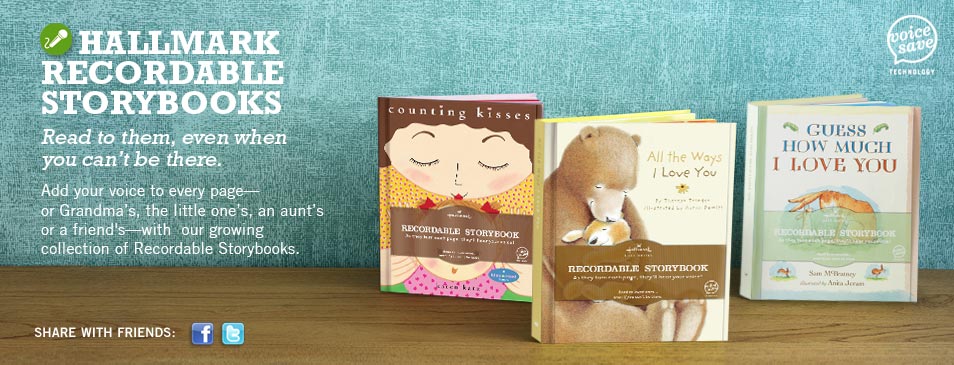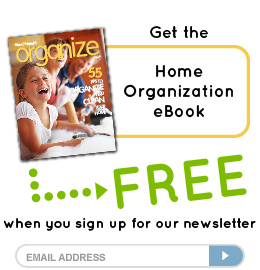Reading to Your Child: So Worth It and Easier Than You Think
 Most of us know that the ability to read is not a skill that is gained overnight. A child must first be able to recognize and say each letter, then learn each sound, and master blending them together. It's a long process that begins in preschool or kindergarten, takes root in first grade, and develops more fully over several subsequent years. It can be difficult. But it is a foundational skill, upon which so much depends: if one can read instructions, one can learn math, science, and so much more. Conversely, if one can't read well, one is more likely to earn less in one's job, even end up in prison, studies show (pp. xxv, The Read-Aloud Handbook, by Jim Trelease, 2001).
Most of us know that the ability to read is not a skill that is gained overnight. A child must first be able to recognize and say each letter, then learn each sound, and master blending them together. It's a long process that begins in preschool or kindergarten, takes root in first grade, and develops more fully over several subsequent years. It can be difficult. But it is a foundational skill, upon which so much depends: if one can read instructions, one can learn math, science, and so much more. Conversely, if one can't read well, one is more likely to earn less in one's job, even end up in prison, studies show (pp. xxv, The Read-Aloud Handbook, by Jim Trelease, 2001).
The push for parents to read to their children is increasing. Why? Is it really worth taking the time to read to your child? Is it really worth the effort of stopping their play or TV watching? Is it really worth repeatedly trying to keep your 4 year-old on the couch so he'll listen? Yes! Study after study shows that reading is one of the best ways to increase a child's attention span, improve parent-child relationships, and increase the odds of success in a child's life (again, see Jim Trelease's The Read-Aloud Handbook).
So how can you make reading to your child easier and funner? I suggest the following:
-
 Buy a Hallmark recordable book. This product enables parents to read to their children, even if they can't be right there with them, due to work or deployment or other factors. It's a recordable storybook. You record yourself reading the book, into the book, then lock in your recording, and when your child opens the book, your voice is played back, reading each page as it is turned. It's available in five titles: Frosty the Snowman, The Night Before Christmas, The Very First Christmas, All the Ways I Love You, and My Little Princess. The instructions provided are clear, and the process of recording is intuitive and easy. Check out Hallmark.com for more information.
Buy a Hallmark recordable book. This product enables parents to read to their children, even if they can't be right there with them, due to work or deployment or other factors. It's a recordable storybook. You record yourself reading the book, into the book, then lock in your recording, and when your child opens the book, your voice is played back, reading each page as it is turned. It's available in five titles: Frosty the Snowman, The Night Before Christmas, The Very First Christmas, All the Ways I Love You, and My Little Princess. The instructions provided are clear, and the process of recording is intuitive and easy. Check out Hallmark.com for more information.
- Make home-made "flash-pages." When my oldest was learning to read, I printed out simple pictures on 8 ½ x 11 white cardstock, with each letter of their three-letter word spread across the bottom of the page. I would cut the picture into 3 different puzzle pieces, each piece containing a letter. He would put the puzzle pieces together, and in so doing, would put the letters together. That was his first real reading. Later, we would tape the puzzle pieces together, and I would read a simple story with, say, a dog in it, if that was the picture/word, and every time I read the word "dog," he would hold up the picture and laugh.
-
 Buy Jim Trelease's The Read-Aloud Handbook (Penguin Books, 2001). This invaluable resource contains everything you need: lists of good titles, suggestions on how to get your husband to read to your child, and all sorts of data confirming the need to read to your child.
Buy Jim Trelease's The Read-Aloud Handbook (Penguin Books, 2001). This invaluable resource contains everything you need: lists of good titles, suggestions on how to get your husband to read to your child, and all sorts of data confirming the need to read to your child.
These are not techniques for teaching your child to read, that is the subject of many other posts, websites, books, and products. These are a few suggestions to help you make reading to your child an enjoyable habit, one with which positive memories are associated and one that will help him or her for many years to come.
What tips do you have for reading aloud to your children?
Latest posts by Mom It Forward (see all)
- Savory and Sweet Dishes: 8 Easy Bacon-Filled Recipes - January 27, 2025
- Meal Plan: Slow-Cooker Dinners to the Rescue - August 5, 2024
- Top 15 Summer Garden Recipes - May 20, 2024



